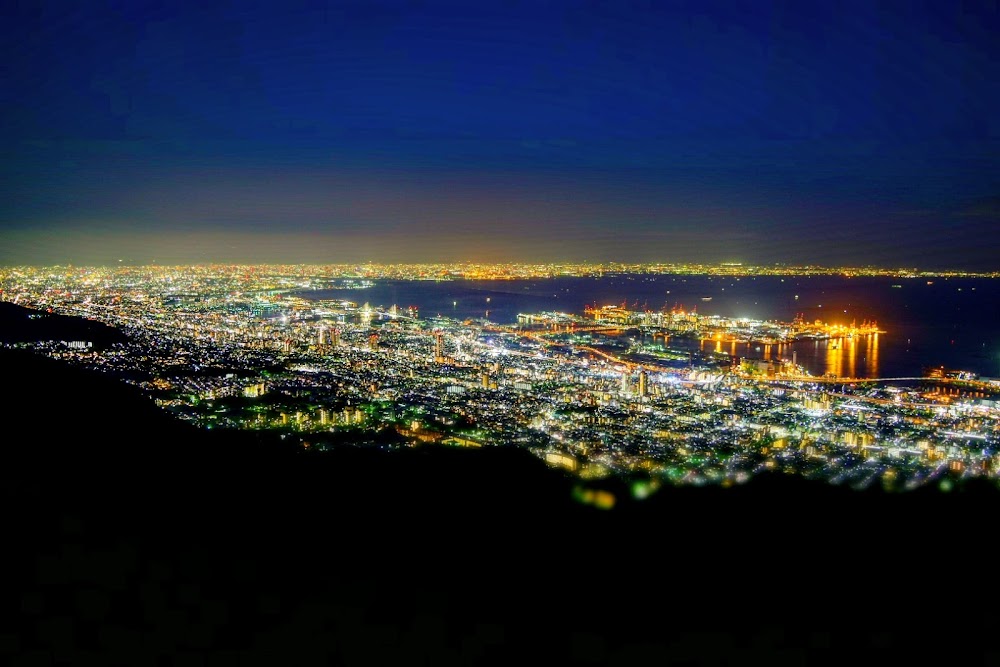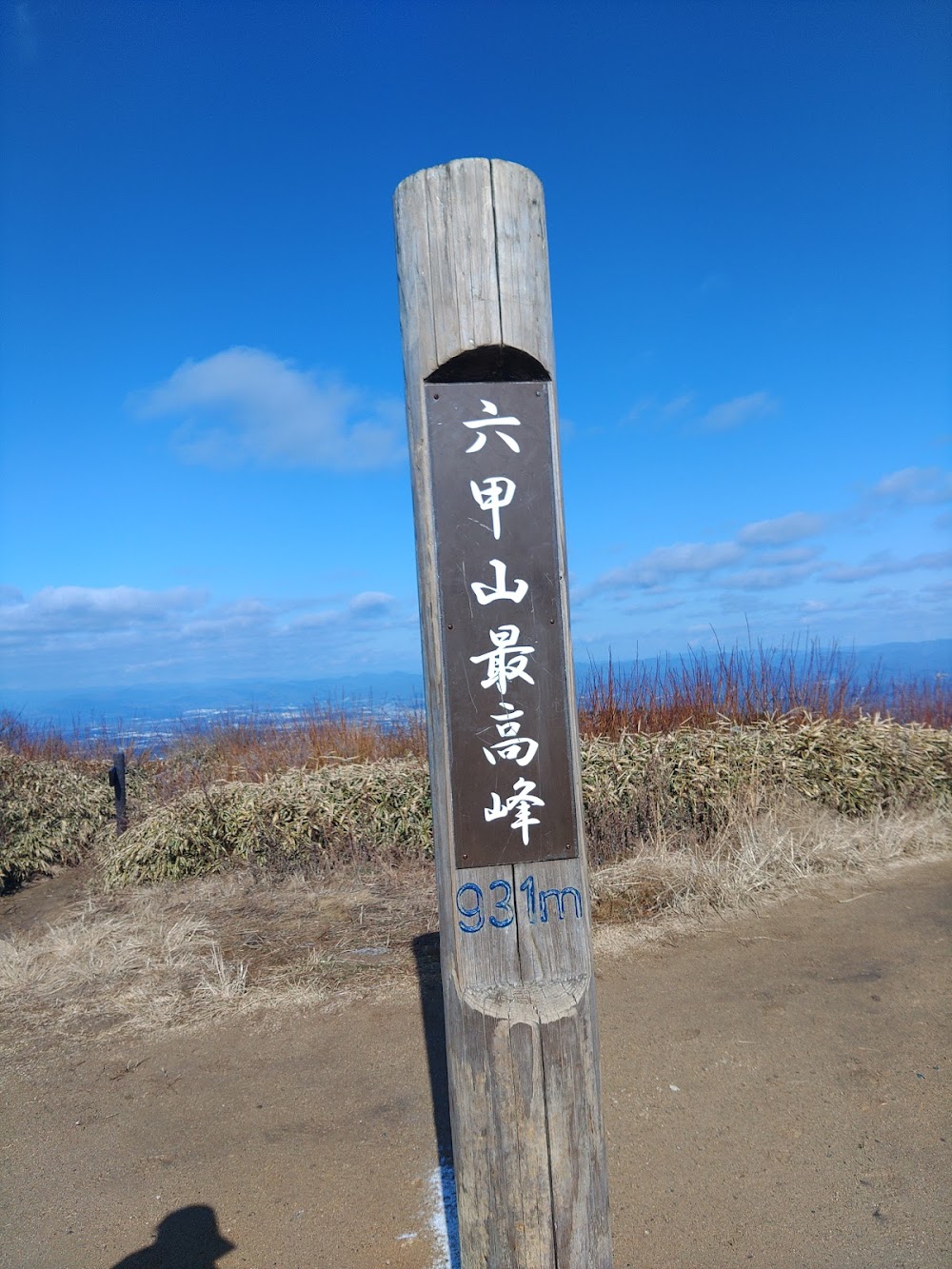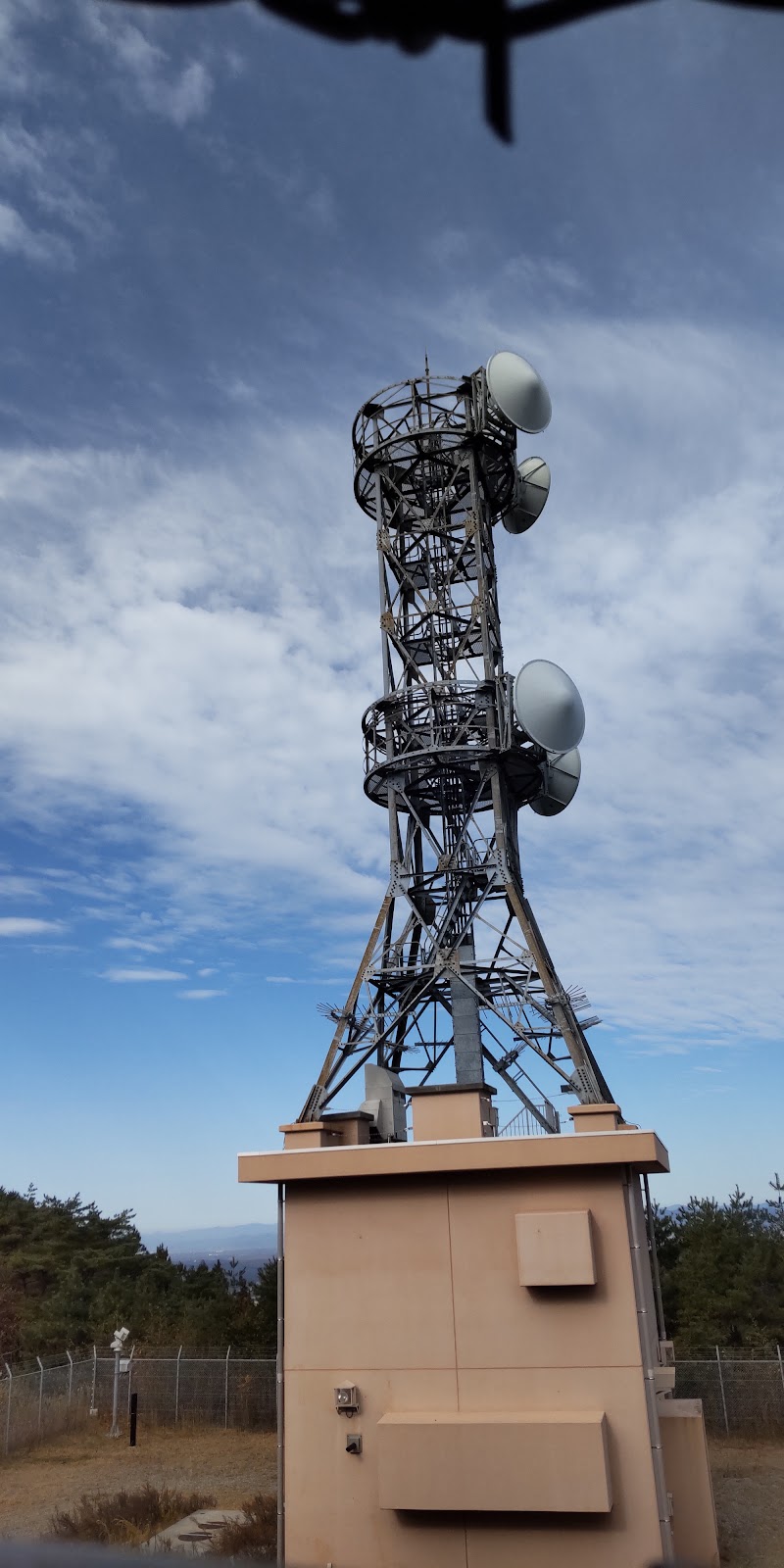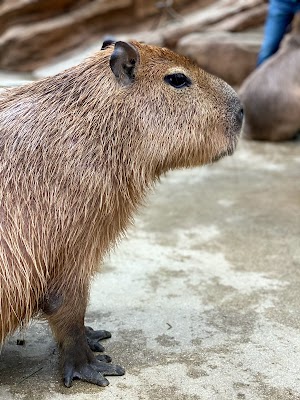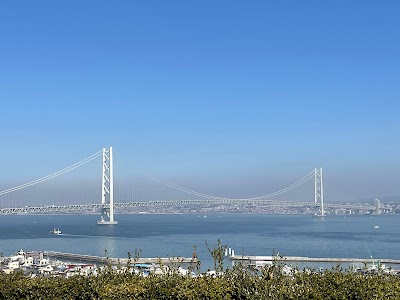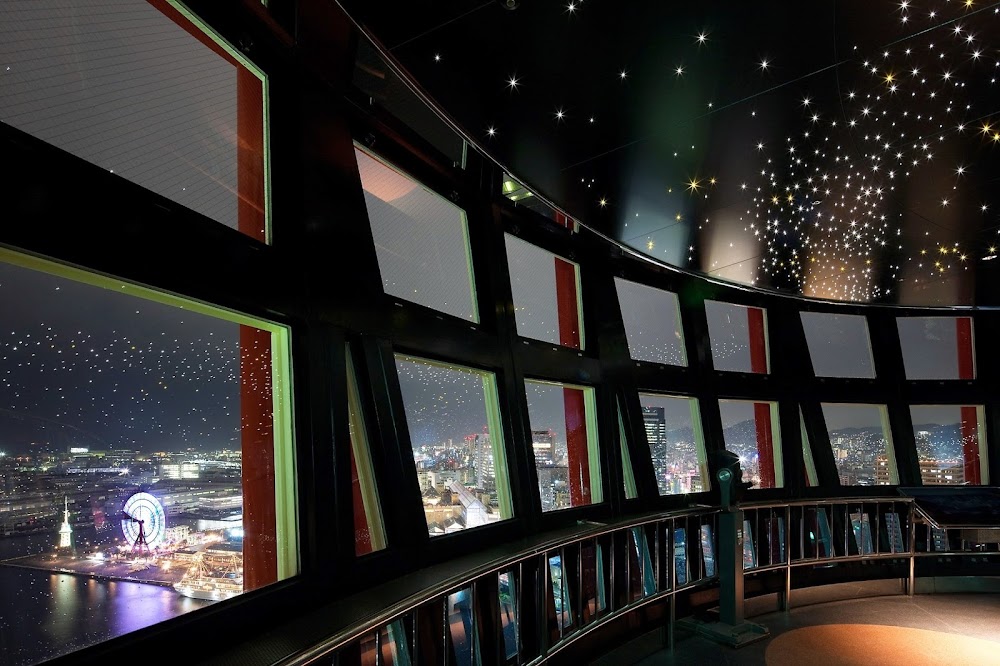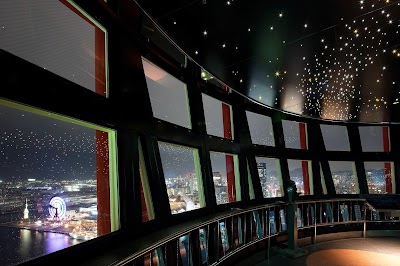Rokko Mountain (六甲山)
Overview
Mount Rokkō: A Majestic Natural Landmark
Mount Rokkō, towering at 931 meters in Hyōgo Prefecture, Japan, is a cherished natural landmark renowned for its breathtaking beauty and rich history. An ideal escape for nature lovers and outdoor enthusiasts, this mountain serves as a stunning backdrop to the vibrant city of Kobe, offering a perfect blend of adventure and tranquility.
A Historical Legacy
The story of Mount Rokkō stretches back to ancient times, where it has long been a beloved site for local residents. The mountain range acts as a natural boundary between Kobe and the inland regions, providing essential natural resources like timber, which were crucial for the survival of early settlers. Its dense forests and diverse wildlife also made it a vital area for traditional hunting and gathering practices.
19th Century Developments
The Meiji era in the 19th century brought significant transformations to Mount Rokkō as Japan opened its doors to the West. An influx of European residents sought refuge from Kobe’s sweltering summer heat, drawn to the mountain's cooler climate and panoramic vistas. As a result, Mount Rokkō quickly evolved into a popular summer resort destination.
Innovative Transportation
A highlight of this era was the construction of the Rokkō Cable Car, which opened in 1932. This engineering marvel was designed to provide easier access to the summit, overcoming challenges posed by steep terrain and dense forests. The cable car transformed the mountain into a more accessible destination, allowing visitors to enjoy a safe and scenic ascent.
In addition to the cable car, the Rokkō Arima Ropeway was established, linking Mount Rokkō with the famous hot springs town of Arima Onsen. This ropeway journey offers breathtaking views over the rugged landscape, allowing visitors to appreciate the natural beauty from a unique vantage point. Its construction required meticulous planning to ensure both safety and stunning scenery.
Recreational Facilities and Attractions
The area around Mount Rokkō also saw the establishment of various recreational facilities and parks. The Mount Rokkō Country House, developed in 1929, provided a Western-style retreat complete with gardens, picnic areas, and tennis courts. Additionally, the Rokkō Alpine Botanical Garden, established in 1933, showcased a variety of alpine plants, enhancing the mountain’s appeal to both botanists and tourists.
In the 1960s, efforts to elevate Mount Rokkō into a tourist haven continued with the creation of the Rokkō Snow Park. This ski resort, one of the first in the Kansai region, attracted winter sports enthusiasts and contributed to the mountain's year-round allure. The park's development involved extensive land reshaping and the installation of ski lifts, ensuring a memorable winter experience.
Conservation Efforts
Despite its development, Mount Rokkō has successfully retained its natural charm. Modern conservation initiatives focus on preserving the mountain's ecology, ensuring that tourism does not disrupt its natural habitat. Today, visitors can explore a range of hiking trails, catering to various skill levels, and encounter the local wildlife while enjoying stunning vistas.
A key player in these conservation efforts is the Rokkō Nature Conservation Center, which promotes environmental awareness and offers educational programs. The center conducts research on local flora and fauna, serving as a base for ecological preservation activities that ensure the mountain's beauty can be enjoyed by future generations.
Visitor Experience
Visitors to Mount Rokkō can delight in the Rokkō Garden Terrace, a harmonious complex of shops, cafes, and an observation deck offering spectacular views of Kobe and Osaka Bay. Designed to blend seamlessly with the natural surroundings, the terrace uses materials and architectural elements that complement the mountain's landscape.
In conclusion, Mount Rokkō remains a beloved destination for both locals and tourists alike. With its stunning natural beauty, historical significance, and modern attractions, it provides an ideal spot for those seeking to connect with nature, indulge in recreational activities, or simply soak in the panoramic views that have captivated visitors for generations.


